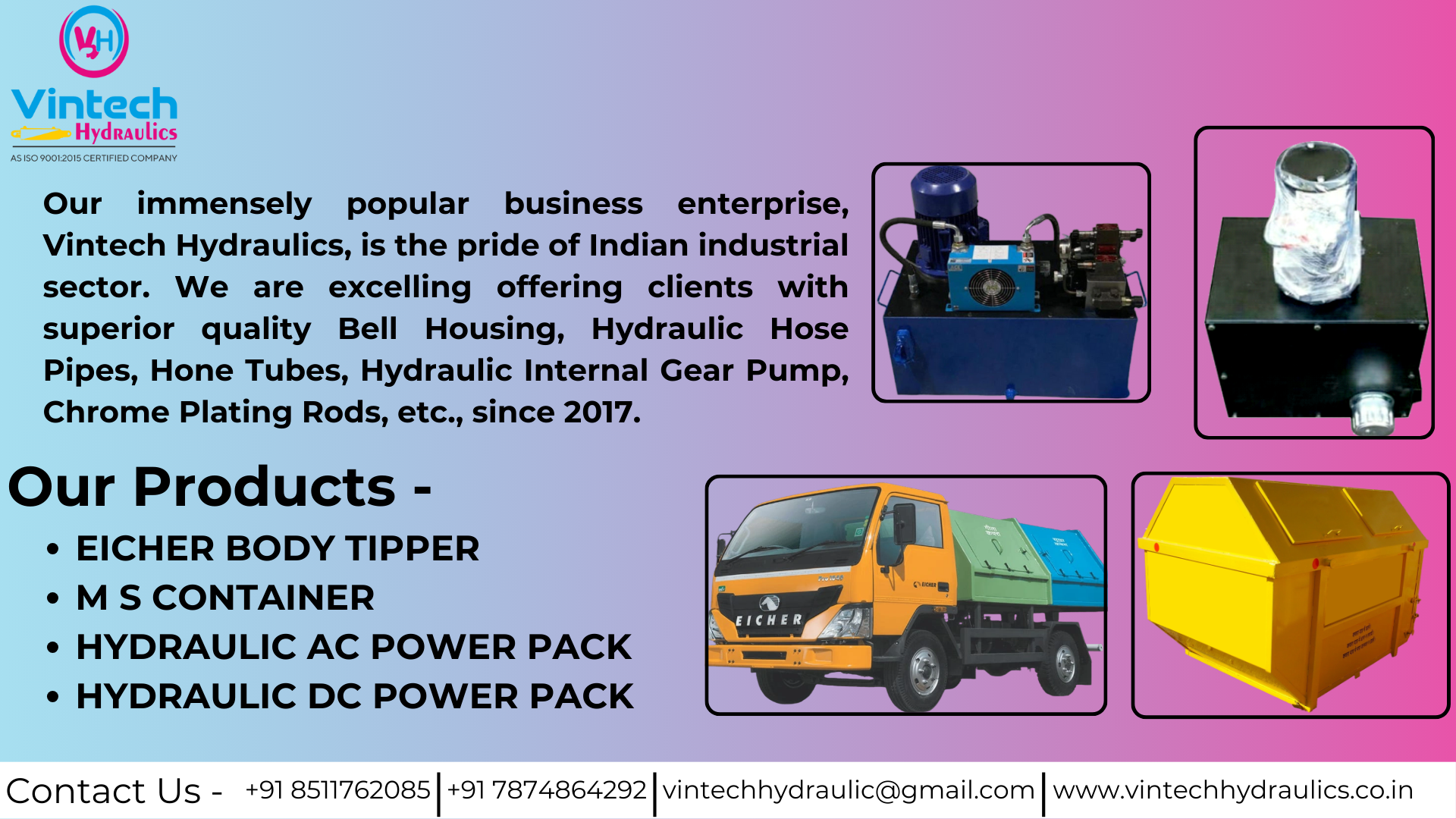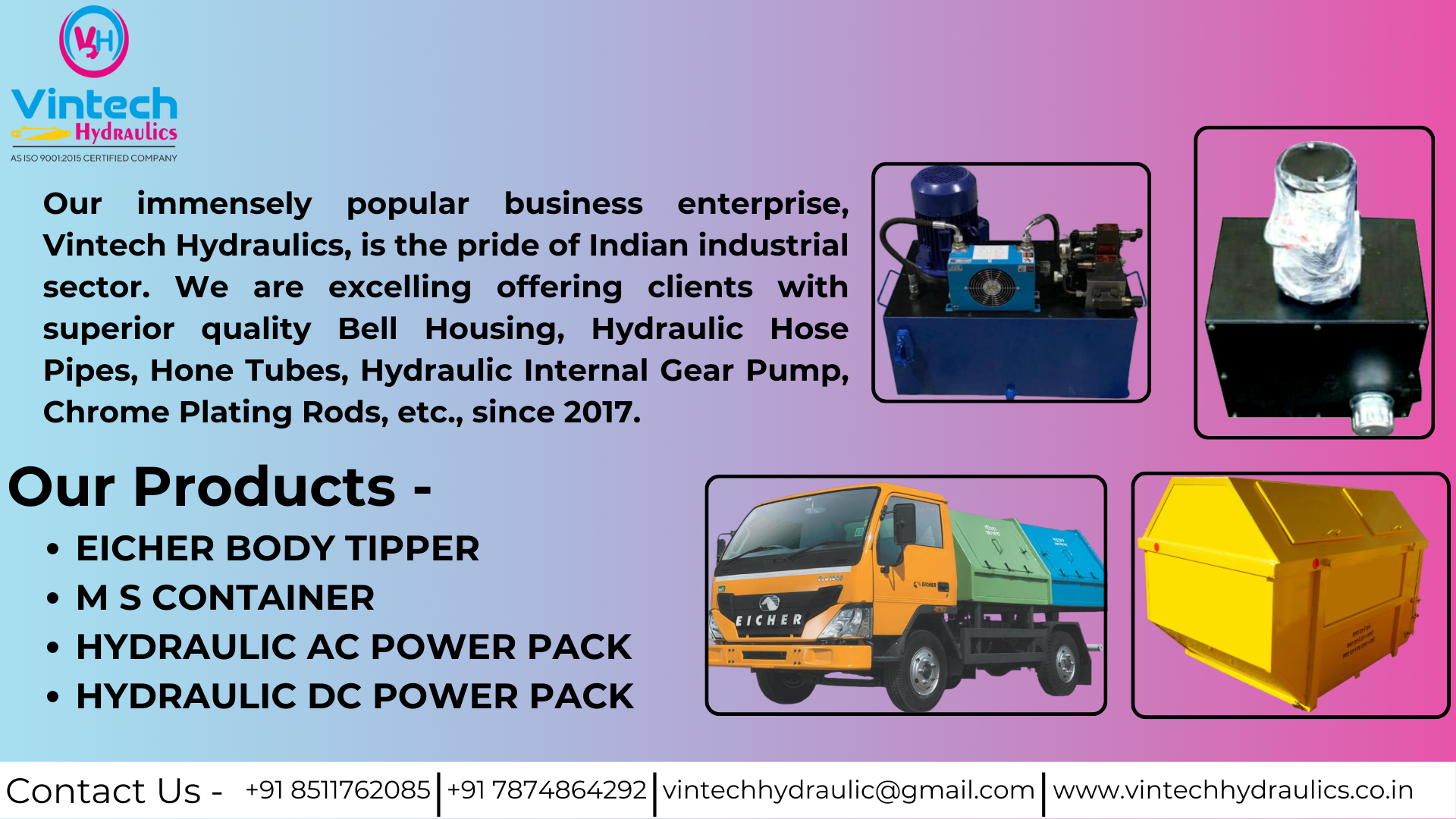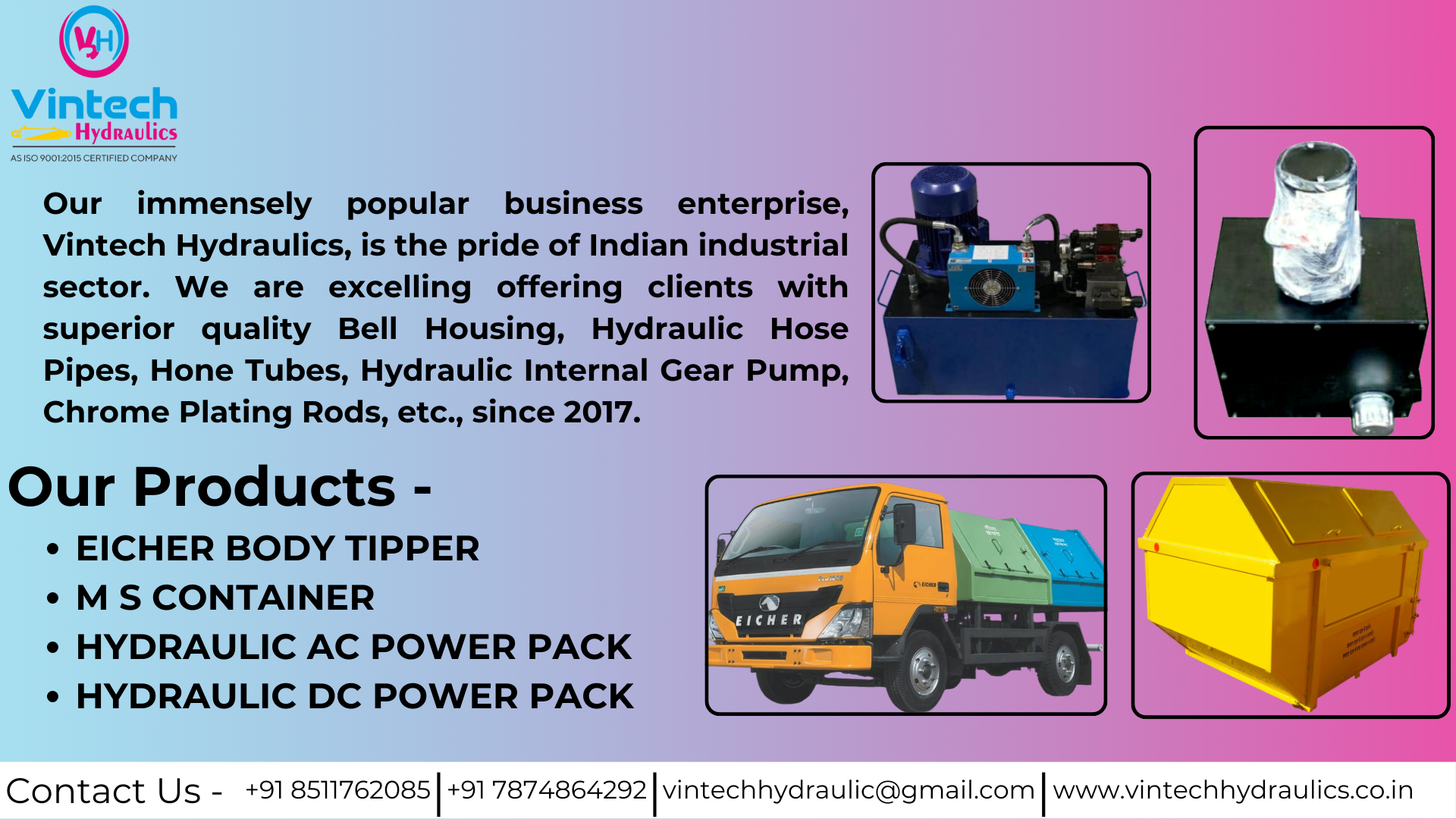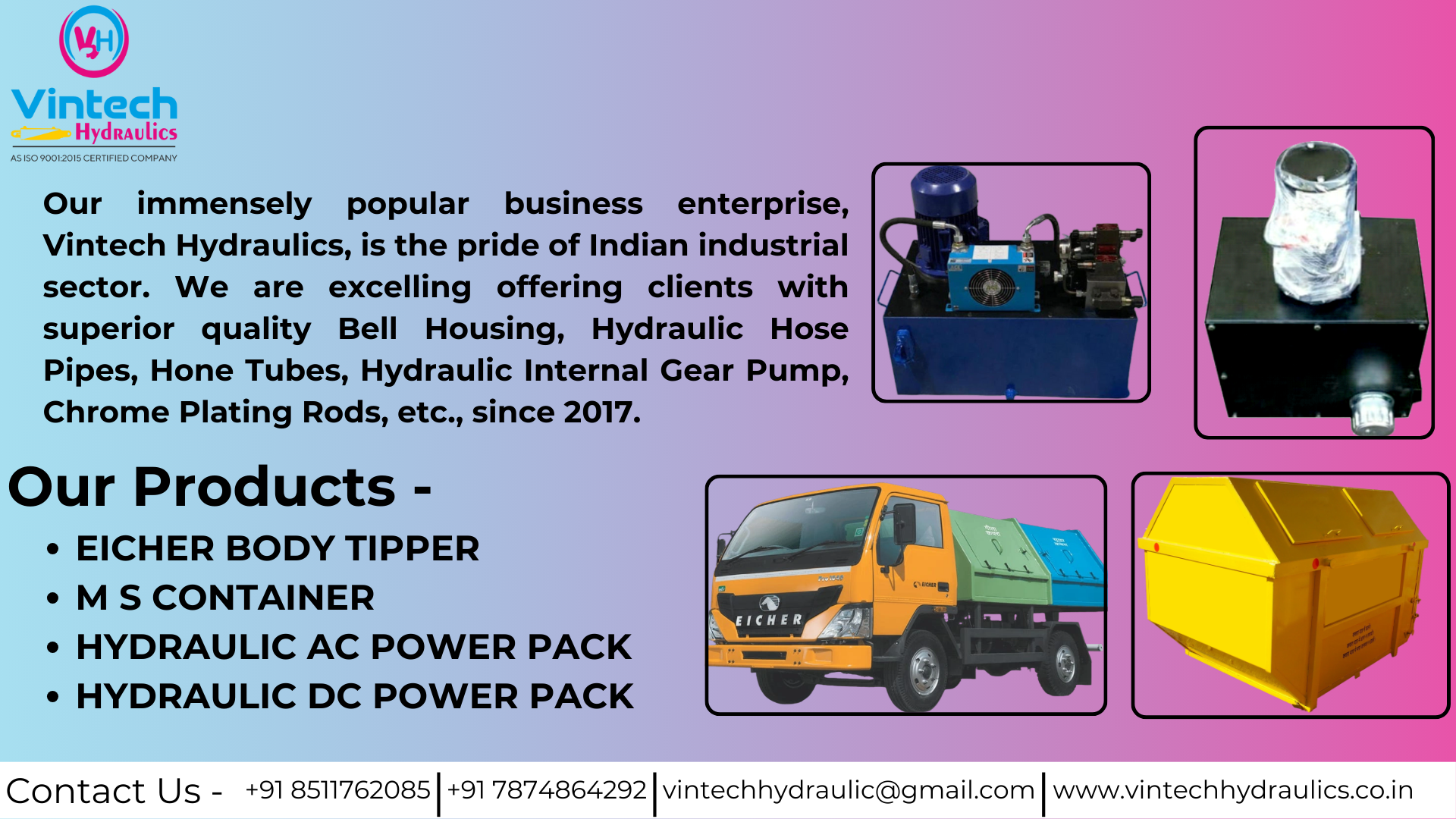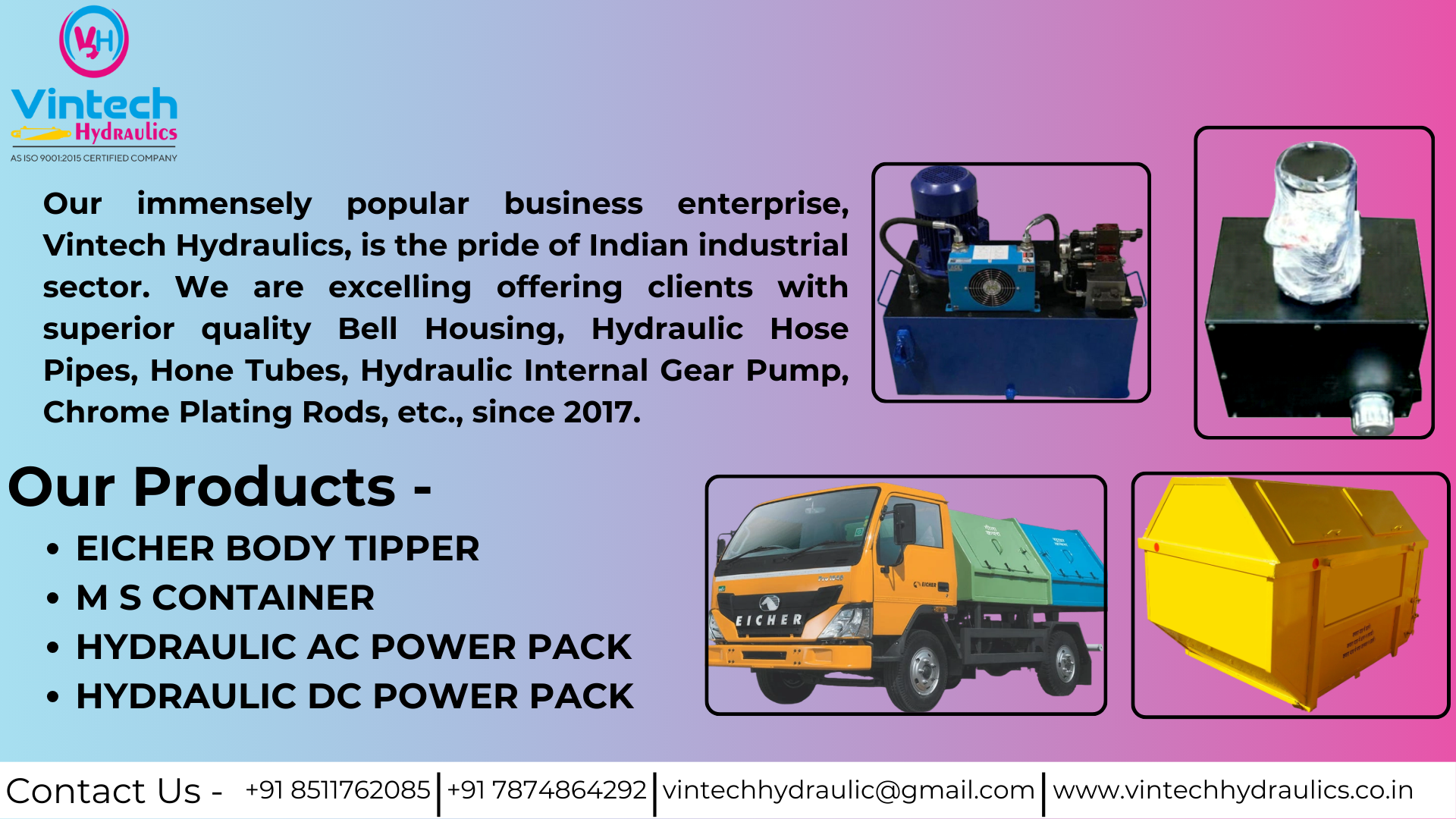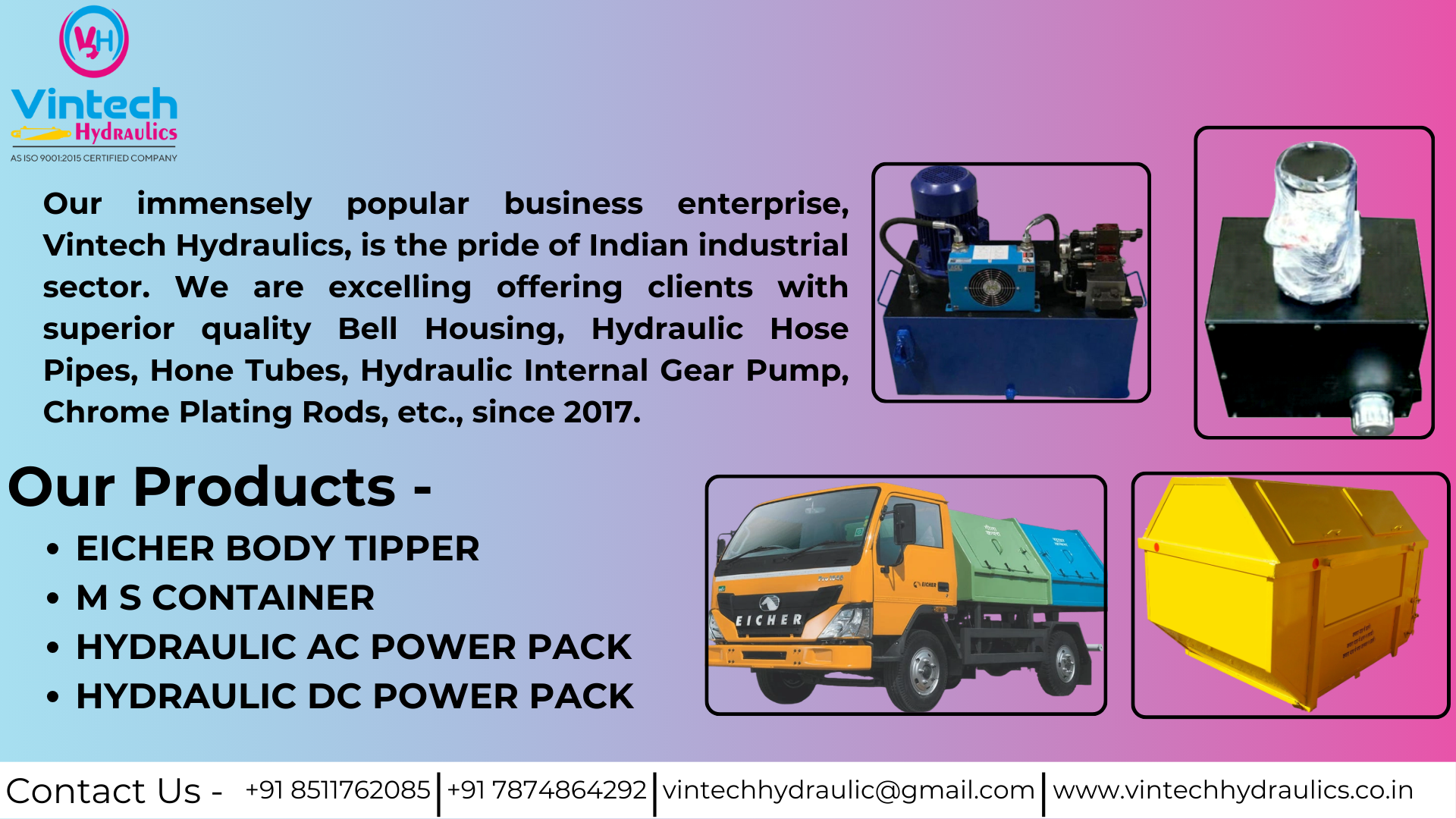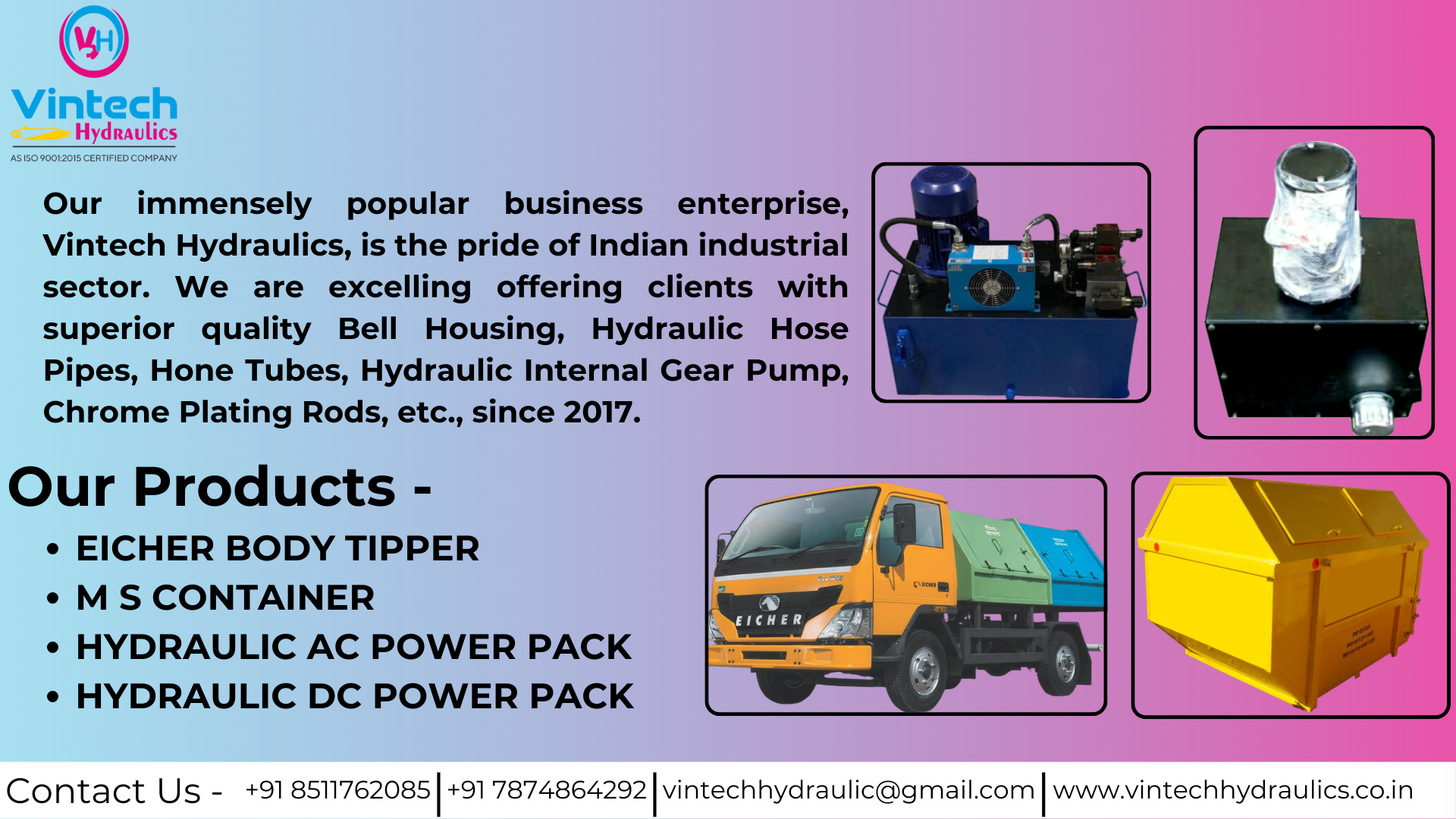
Hydraulic Power Unit Station
Hydraulic Power Unit Station
What is a Hydraulic Power Unit (HPU)?
A Hydraulic Power Unit (HPU) is a self-contained system that generates, regulates, and supplies pressurized hydraulic fluid to drive various hydraulic machinery and systems. It is the core component of any hydraulic-based application, serving as the “heart” of a hydraulic circuit.
How It’s Made – Manufacturing Process
Key Components:
| Component | Description |
|---|---|
| Reservoir/Tank | |
| Electric Motor | Powers the hydraulic pump |
| Hydraulic Pump | Pressurizes the fluid |
| Relief Valve | Maintains pressure within safe limits |
| Directional Control Valve | Directs fluid to actuators |
| Filters | Remove contaminants |
| Cooler | Controls fluid temperature |
| Pressure Gauge | Displays system pressure |
| Manifold Block | Integrates valves and flow paths |
Manufacturing Steps:
-
Design Phase:
-
Engineering calculations (flow rate, pressure)
-
-
Frame & Tank Fabrication:
-
Sheet metal cutting, bending, and welding for the reservoir
-
-
Component Installation:
-
Mounting of motor, pump, filter, valves, and manifold
-
Fitting of hoses, gauges, and connectors
-
-
Electrical Integration:
-
Control panel wiring with overload protection and emergency shutdown
-
-
Testing & Quality Checks:
-
Pressure testing
-
Flow rate calibration
-
How It Works
-
The electric motor powers the hydraulic pump.
-
The oil is pressurized and passed through filters.
-
The fluid is directed by control valves to hydraulic actuators (e.g., cylinders or motors).
-
Unused oil is returned to the tank and cooled before reuse.
Uses of Hydraulic Power Unit Stations
-
Operate hydraulic presses and injection molding machines
Move pistons in construction machinery
-
Control gates in hydroelectric power plants
-
Run hydraulic motors in industrial automation
Importance of Hydraulic Power Units
-
Converts electrical energy to mechanical force using fluid power
-
Ensures smooth and controlled movement of hydraulic equipment
-
Enhances precision and productivity in automation
Advantages
| Feature | Benefit |
|---|---|
| High Power Density | |
| Energy Efficiency | Fluid recirculation minimizes losses |
| Customizable | Configurable for specific applications |
| Safety & Control | Precise control of pressure and flow |
| Low Maintenance | Filtered, closed-loop system |
| Versatile | Supports mobile and industrial equipment |
Where It’s Used
| Industry | Application |
|---|---|
| Construction | Excavators, loaders, dumpers |
| Manufacturing | Press machines, robotic arms |
| Marine | Deck winches, steering gear |
| Infrastructure | Lifting bridges, barriers |
| Transport | Garbage trucks, hydraulic lifts |
| Power Plants | Turbine control systems |
| CNC Machines | Clamping and tool positioning |
Qualities of a Good Hydraulic Power Unit
-
Pressure Rating: Typically between 1000 to 5000 PSI
-
Flow Rate: From 5 to 100+ liters/min
Low Noise Operation: With dampers and enclosed casing
-
Compact Design: For limited space installations
-
Thermal Management: With cooling system
-
Easy Maintenance: With visible oil level, filter access
Frequently Asked Questions (FAQs)
Q1: What type of oil is used?
A: Hydraulic mineral oils like ISO VG 32/46/68 depending on the application and temperature.
Q2: Can a single HPU operate multiple machines?
A: Yes, using control valves and manifolds to manage flow and direction.
Q3: How often should oil be changed?
A: Every 2000–3000 working hours or as per oil analysis reports.
Q4: Is it portable?
A: Yes, compact and mobile HPU versions exist for field use.
Q5: What safety features are included?
A: Pressure relief valves, thermal overloads, emergency stop, and oil level sensors.
Significance in Industry
-
Automation Backbone: Essential for factory and plant automation
-
Powering Heavy Equipment: Replaces bulky mechanical systems
-
Environmental Efficiency: Reduced power usage compared to electric motors in intermittent tasks
-
Mobility: Enables use in remote and mobile operations like trucks and construction sites
Conclusion
The Hydraulic Power Unit Station is a critical powerhouse in modern industry, delivering fluid energy wherever mechanical work is needed. From manufacturing floors to mobile cranes and marine decks, these systems offer unmatched power, precision, and control.
Choosing a well-designed HPU ensures:
-
High performance,
-
Long service life,
Safety in critical operations.
Contact:-+91 8511762085
Gmail:-vintechhydraulic@gmail.com
Website:-https://vintechhydraulics.co.in/
